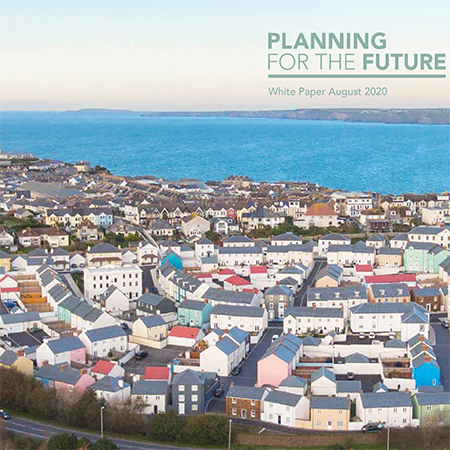The Community Infrastructure Levy (CIL) and planning obligations known as Section 106 agreements are under review as part of the overhaul of the planning system announced earlier this month by Prime Minister Boris Johnson.
Mr Johnson said his aim was to make it easier for new homes and necessary infrastructure, such as hospitals and schools, to secure the necessary permissions so that homes could be built where they are needed. Under the proposals this will be done by dividing land into three categories: Growth, Renewal or Protected. In the Growth areas, new homes, hospitals and schools will be allowed automatically. In Renewal areas councils would be expected to look favourably on new developments. Protected areas would include the Green Belt and areas of outstanding natural beauty.
In the White Paper ‘Planning for the Future’, which launches the consultation process, the Prime Minister promises: “Radical reform unlike anything we have seen since the Second World War.”
Infrastructure planning
CIL and s106 agreements are the existing routes through which funding can be secured when a new residential development is approved for infrastructure improvements - such as healthcare facilities - to mitigate the impact of the proposed development.* Section 106 agreements are negotiated with the developer as a planning obligation. The funds have to be spent as specified and must be necessary because of and related to the development. CIL payments are a flat-rate and non-negotiable tariff that can be spent anywhere with the Local Planning Authority’s administrative area.
A recent report from think tank Reform claimed there are millions of pounds available to the NHS through this system which goes unclaimed and unspent. The government says there are many problems with the system, including uncertainty around planning obligations, delay and inconsistency. It adds that even with early payment, in the case of CIL tariffs, many local authorities have been slow to spend revenue on early infrastructure delivery.
Under the current proposals both CIL and s106 will be abolished and replaced with a new, consolidated Infrastructure Levy. On the face of it, this ought to simplify the process but the White Paper sets out only loose parameters rather than finer details. The consultation process runs for 12 weeks (commencing August 6) and is open to everyone. Any concerns about funding for healthcare infrastructure should be raised during this process. Responses can be made via the website or email.
* Read our detailed feature on this process in the March/April issue of HEFMA Pulse









